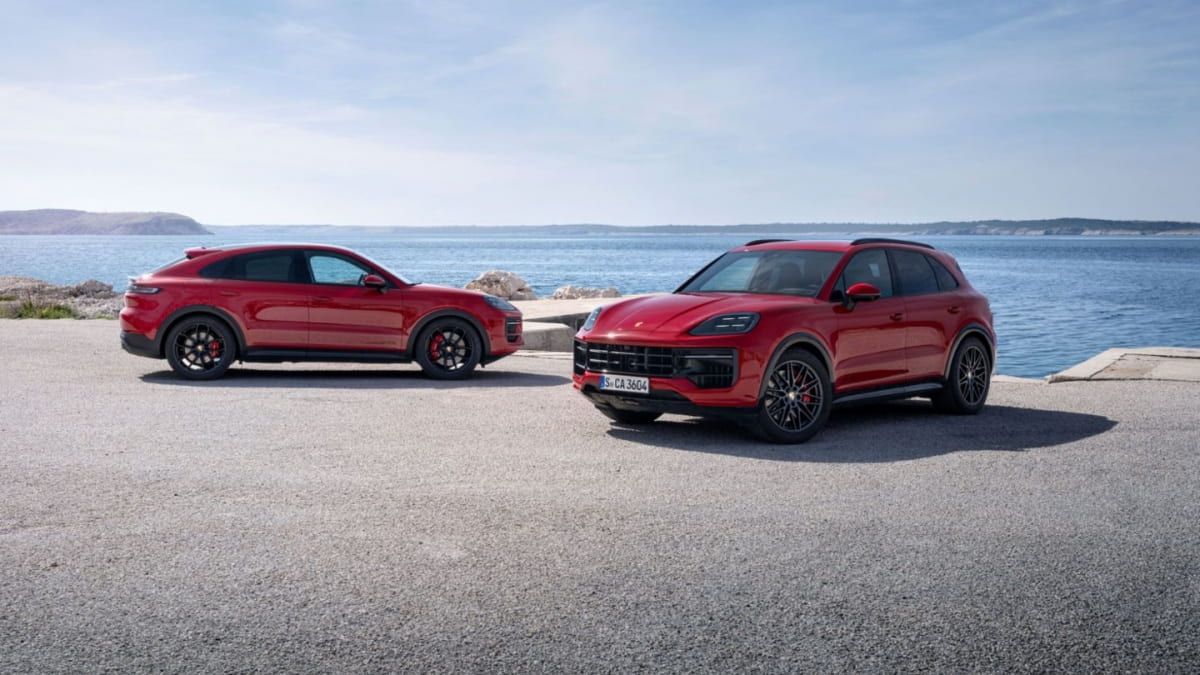2025 Porsche Cayenne GTS: Embracing Tradition with Enhanced Performance
Staying True to Its Roots
Since its debut in 2017, the third-generation Porsche Cayenne has consistently stayed ahead in the performance SUV sector, continuously evolving to meet modern demands without sacrificing its core identity. The 2025 Porsche Cayenne GTS epitomizes this approach by eschewing the hybrid trend embraced by its sibling, the Cayenne Turbo. Instead, the GTS model continues to feature a robust, twin-turbo 4.0-liter V8 engine, ensuring a traditional yet exhilarating driving experience.
Engineered for Excellence
The 2025 Cayenne GTS is not just about maintaining a conventional powertrain but also about advancing in performance and handling. Standard on this model is an upgraded air suspension system that lowers the SUV for improved dynamics, and pivot bearings from the Cayenne Turbo GT for more responsive steering. Additionally, the GTS offers optional active roll stabilization to minimize body roll and enhanced cooling for the all-wheel-drive system, ensuring optimal performance under all conditions.
Design and Functionality Melding
Porsche’s GTS models are renowned for their distinctive styling, and the 2025 Cayenne GTS is no exception. It features aggressive larger air intakes, gloss-black accents, and unique bronze-colored exhaust tips that distinguish it visually from its counterparts. Inside, the cabin boasts Race-Tex microfiber accents and sports-focused adjustments, enhancing both comfort and driver engagement. Available in both standard SUV and coupe forms, the latter includes a fixed panoramic roof and an active rear spoiler as standard features, marrying functionality with high-end luxury.

Performance Without Compromise
The decision to forgo hybridization in the 2025 Porsche Cayenne GTS speaks to a specific market segment that values uncomplicated, high-performance engines. With a starting price of $126,895 for the SUV and $131,495 for the coupe version, the GTS model aims to offer the best of both worlds—accessible pricing in the luxury segment and outstanding performance. This model continues to appeal to enthusiasts who prioritize driving dynamics and engine response over emerging hybrid technologies, securing the Cayenne GTS’s place as a desirable option in the evolving automotive landscape.
